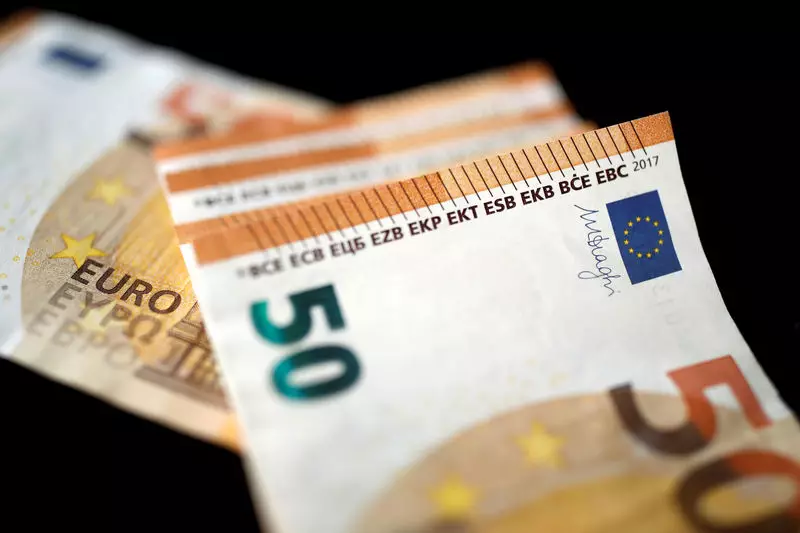Over the last ten years, the US dollar has consistently emerged as a powerhouse in the global currency markets, bolstered by a range of economic factors. As we look towards future developments, especially in light of the impending US elections, it’s prudent to analyze how political dynamics can reshape the dollar’s stability. Goldman Sachs recently emphasized that the transition in political leadership could usher in significant changes, particularly in foreign exchange (FX) markets, with tariffs playing a pivotal role.
Goldman Sachs’ strategists explored various electoral outcomes and their potential impact on the dollar’s trajectory. A complete Republican sweep is expected to yield substantial tariff increases alongside domestic tax reductions, which could catalyze a robust rally for the dollar. Conversely, a split government may curtail this momentum, leading to a more muted currency response. In scenarios where Democrats take charge, initial dollar depreciation is anticipated as the market recalibrates its expectations regarding policy changes affecting tariffs.
The varying potential outcomes of the elections underscore the delicate balance that forex markets maintain against political developments. Strategists specifically highlighted currencies that are sensitive to Chinese trade policy, such as the Mexican Peso, Chinese Yuan, South Korean Won, Euro, and Australian Dollar. Following a period of market fluctuations, these currencies could benefit if US tariffs become more restrictive.
In the scenario of a Republican-led increase in tariffs against China, Goldman projects that the Chinese Yuan may depreciate to approximately 7.40 against the dollar. Furthermore, they forecast a possible decline of around 3% in the Euro, which could steepen to 10% if global tariffs are paired with considerable tax cuts. However, the outlook for the Japanese Yen remains ambiguous as it grapples with conflicting economic indicators and market sentiments.
As Goldman Sachs suggests, past experiences should be tempered with caution. The predictive value of fundamental analyses may not reflect immediate market reactions as external factors intertwine with policy implications. Investors are thus advised to adopt a strategic approach, favoring longer-term trade positions amid Republican policy forecasts rather than leaving their fortunes to chance with Democratic outcomes.
US fiscal policies represent just one dimension of the currency outlook. Goldman hints at an eventful landscape ahead, where the dollar could see a gradual depreciation after peaking in 2022. Nonetheless, the notion of ‘US exceptionalism’ remains influential, with potential upward adjustments in the dollar’s value if economic conditions align favorably.
However, risks lurk in the form of China’s economic strategies. Should Beijing implement stimulus measures that effectively bolster global recovery efforts, the repercussions could mean a more pronounced impact on the dollar, complicating the existing predictions.
The upcoming US elections are poised to reshape the landscape of the US dollar, highlighting the intricate woven fabric of economic policies, tariff implications, and market expectations. Participants in the foreign exchange market must stay vigilant and informed, as modifications in political power could lead to substantial currency fluctuations in the near future.

